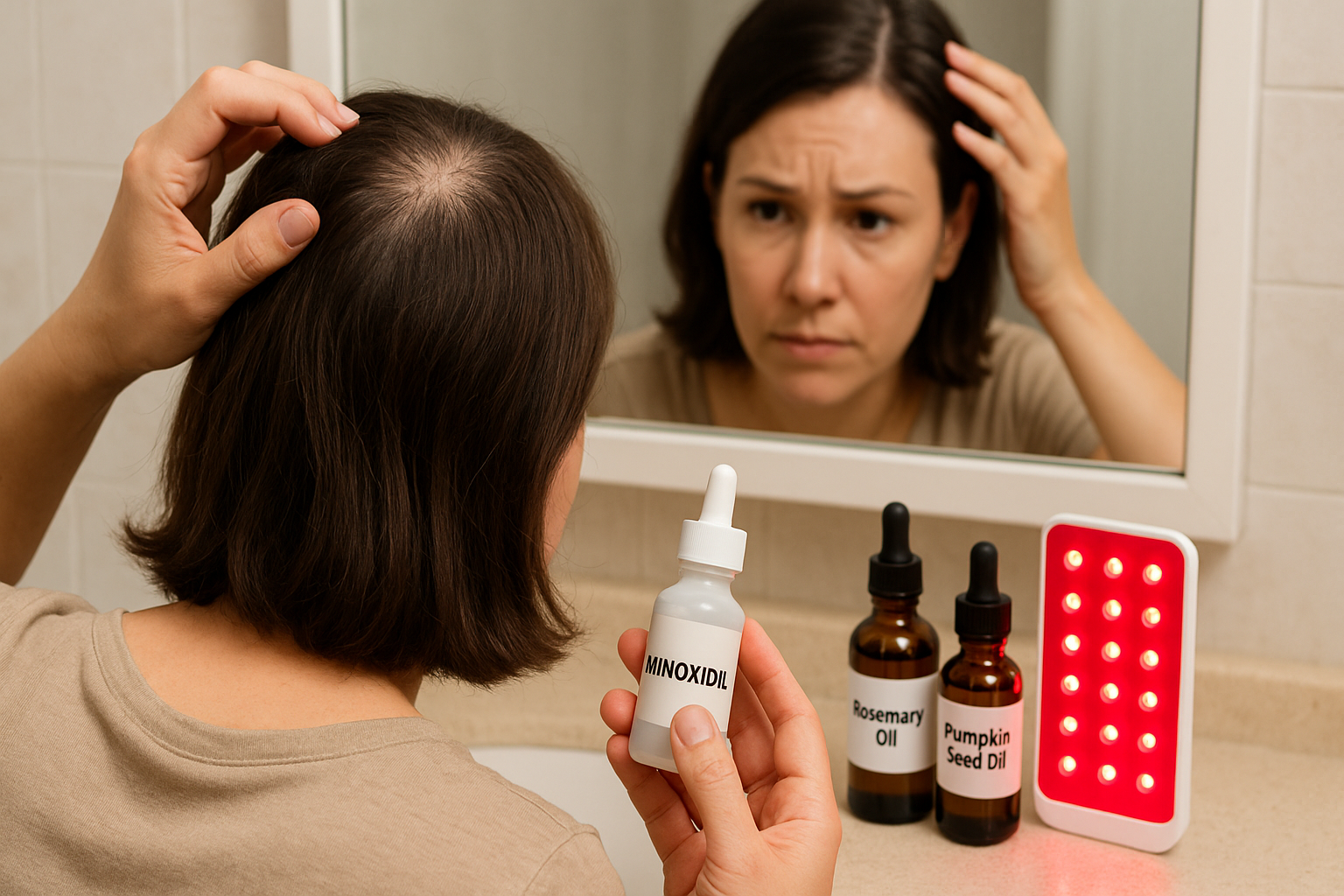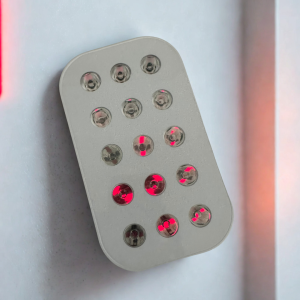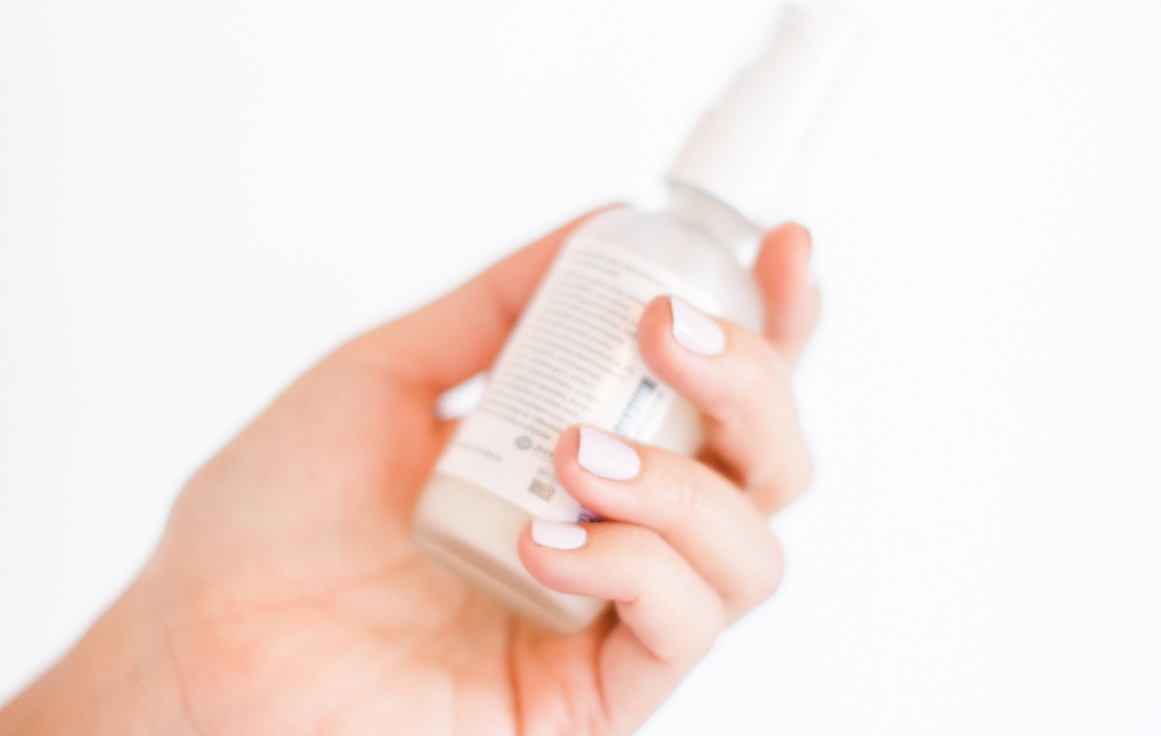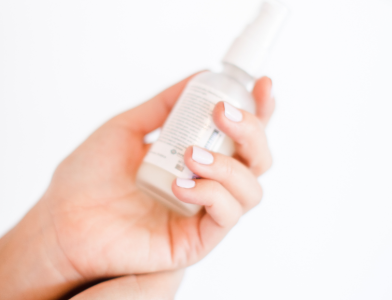Is minoxidil the miracle hair loss solution it seems to be? Or is there more to the story, especially if you’re concerned about your health and minimizing toxin exposure? The answer lies in really understanding how minoxidil works, its risks, and the alternatives that might be a safer fit for your lifestyle.
What Is Minoxidil and Is It Safe?
Minoxidil originally hit the market as a blood pressure medication. Doctors noticed a side effect: hair growth. This led to its approval and explosion in popularity as a topical hair loss treatment. Today, you’ll find it everywhere, but widespread availability does not guarantee safety.
Many people assume that anything on store shelves is harmless, but this is not always true. Familiarly safe does not equal risk-free. You can think of over-the-counter drugs like ibuprofen, which still come with their own set of risks. Minoxidil’s topical, FDA-approved status can lull users into a false sense of security.
How Does Minoxidil Work?
Minoxidil does not address the root cause of hair loss. Instead, it acts as a bandage, forcing hair follicles to stay longer in the active growth phase (anagen). This means you might see new hairs after a few months, but when you stop using minoxidil, those new hairs often fall out. This cycle can lock you into ongoing use without resolving underlying issues.
It works best for early hair thinning when follicles are still alive. For completely bald areas where follicles are gone, results are limited. Think of it like watering plants without roots growth simply can’t happen.
Potential Risks and Side Effects
Even topical minoxidil can enter your bloodstream, especially when applied to a moist scalp. Common side effects include scalp irritation, rapid heartbeat, dizziness, and water retention. Rare but more serious reactions such as heart complications and fainting have been reported. These are not risks to ignore, especially for anyone with a history of cardiovascular conditions.
Another common experience is increased hair shedding in the first few weeks. This is normal and indicates the process of cycling out older hairs, but it can still be alarming if you are not expecting it.
How to Use Minoxidil Safely
- Patch test first. Always try a small amount on your skin to rule out allergic reactions.
- Apply to a dry scalp. Moisture increases absorption, so take extra care to keep application areas dry.
- Wash hands immediately after use. Avoid accidental transfer to other skin areas or surfaces.
- Don’t rely on minoxidil alone. Support hair with a balanced diet, healthy lifestyle habits, and by minimizing inflammation and toxin exposure.
- Consult your doctor. This is vital before starting, especially if you have health concerns or take other medications.
Low-Tox Alternatives for Hair Growth
- Red light therapy. Science-backed, noninvasive light devices can stimulate hair follicles and enhance hair growth, especially when using the correct wavelength (ideally 630–660 nm).
- Rosemary oil. Clinical research has shown rosemary oil can rival 2% minoxidil in effect, with fewer reported side effects like scalp irritation.
- Pumpkin seed oil. This low-risk oil supports hair density and is especially useful for pattern hair loss, thought to work by blocking certain hormones involved in hair thinning. Plus, it’s edible and generally well-tolerated.
- Scalp massage. Daily, gentle scalp massages increase local blood flow and may help improve hair thickness – no chemicals needed.
- Improved scalp care. More frequent, gentle washing can promote a healthy scalp environment, supporting hair health.
Dr. Yvonne’s Favorite Red Light Therapy Device – LUMEBOX Pro
Many red light devices do not deliver results because of weak irradiance (brightness or intensity of light spread out over an area) and improper wavelengths (the energy of light being delivered).
I trust Lumebox and have had great results with it for:
✅ Skin rejuvenation
✅ Inflammation
✅ Wound healing
✅ Aches & pains
✅ Muscle recovery
✅ Hair growth
✅ Colds, congestion, and sore throat
Lumebox is:
🔥 FDA registered
🔥 3rd party test for EMF
🔥 Emits precise irradiance and wavelengths
Long-Term Results Require Consistency
There is no overnight fix for hair loss. Sustainable results come from addressing root causes: diet, stress, toxin exposure, and daily habits. If you integrate low-tox and science-backed practices, you can achieve healthier hair and avoid unnecessary exposure to chemicals.
Ultimately, the choice is yours. Knowledge lets you move forward with calm, confidence, and purpose, whether you choose minoxidil or embrace low-tox alternatives for hair growth. As you become more aware of hidden risks in everyday products, you’re equipped to protect your health and the health of your family.
References
- A hairy fall: syncope resulting from topical application of minoxidil https://pmc.ncbi.nlm.nih.gov/articles/PMC4567759/
- The growth of human scalp hair in females using visible red light laser and LED sources https://pmc.ncbi.nlm.nih.gov/articles/PMC4265291/
- Hair Growth Promoting Effects of 650 nm Red Light Stimulation on Human Hair Follicles and Study of Its Mechanisms via RNA Sequencing Transcriptome Analysis https://pmc.ncbi.nlm.nih.gov/articles/PMC8577899/
- Promotion of hair growth by Rosmarinus officinalis leaf extract https://pubmed.ncbi.nlm.nih.gov/22517595/
- Self-Assessments of Standardized Scalp Massages for Androgenic Alopecia: Survey Results https://pmc.ncbi.nlm.nih.gov/articles/PMC6380978/




